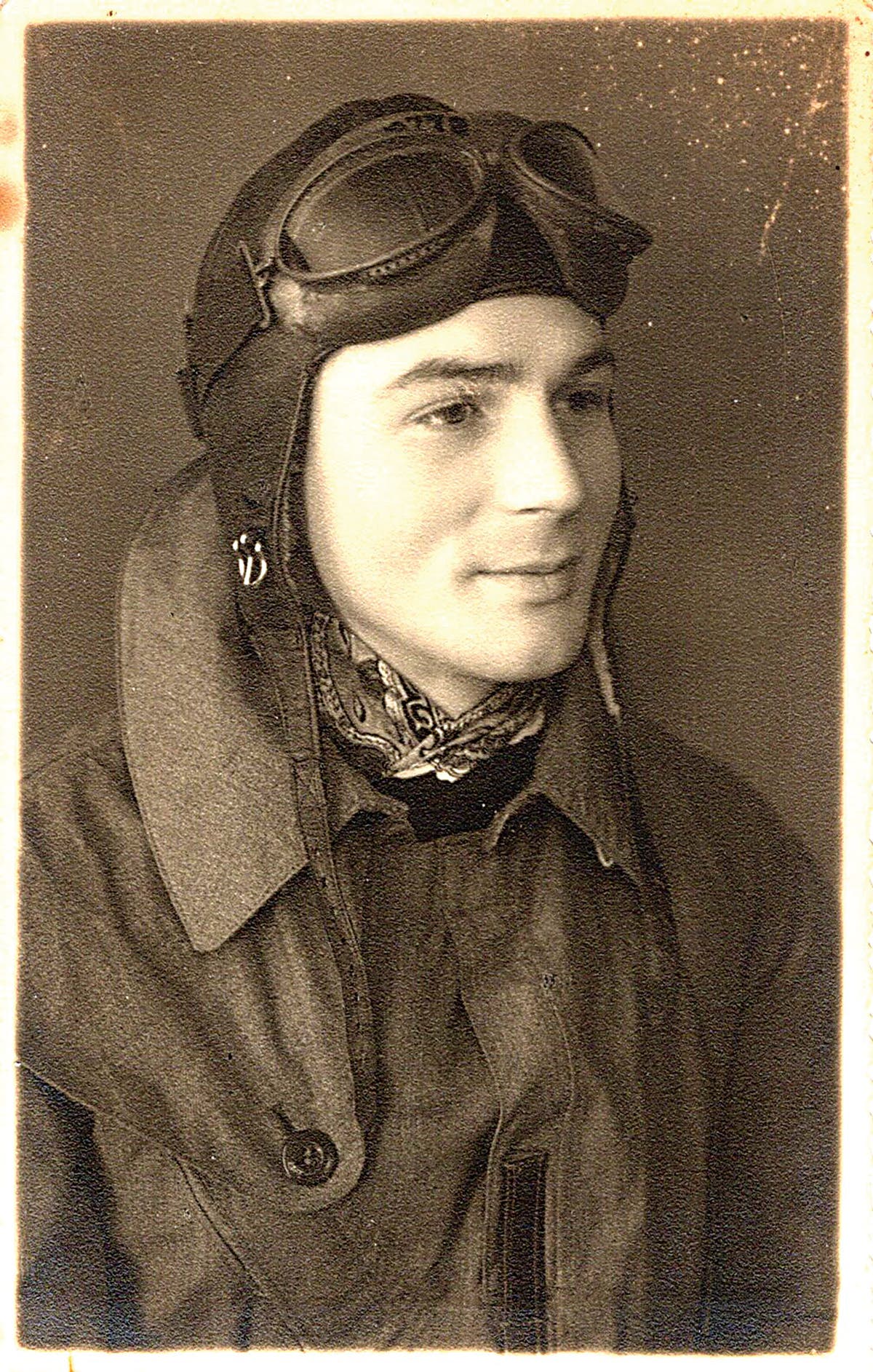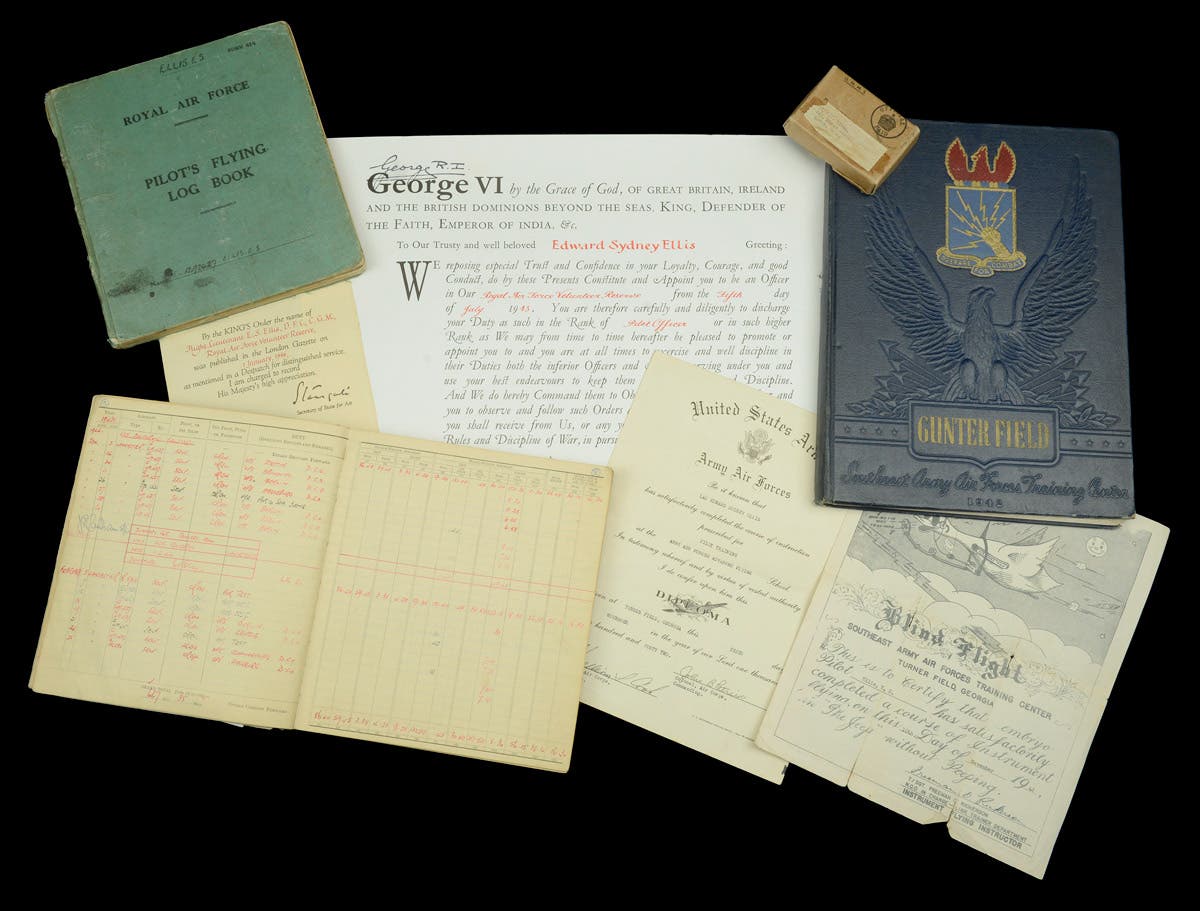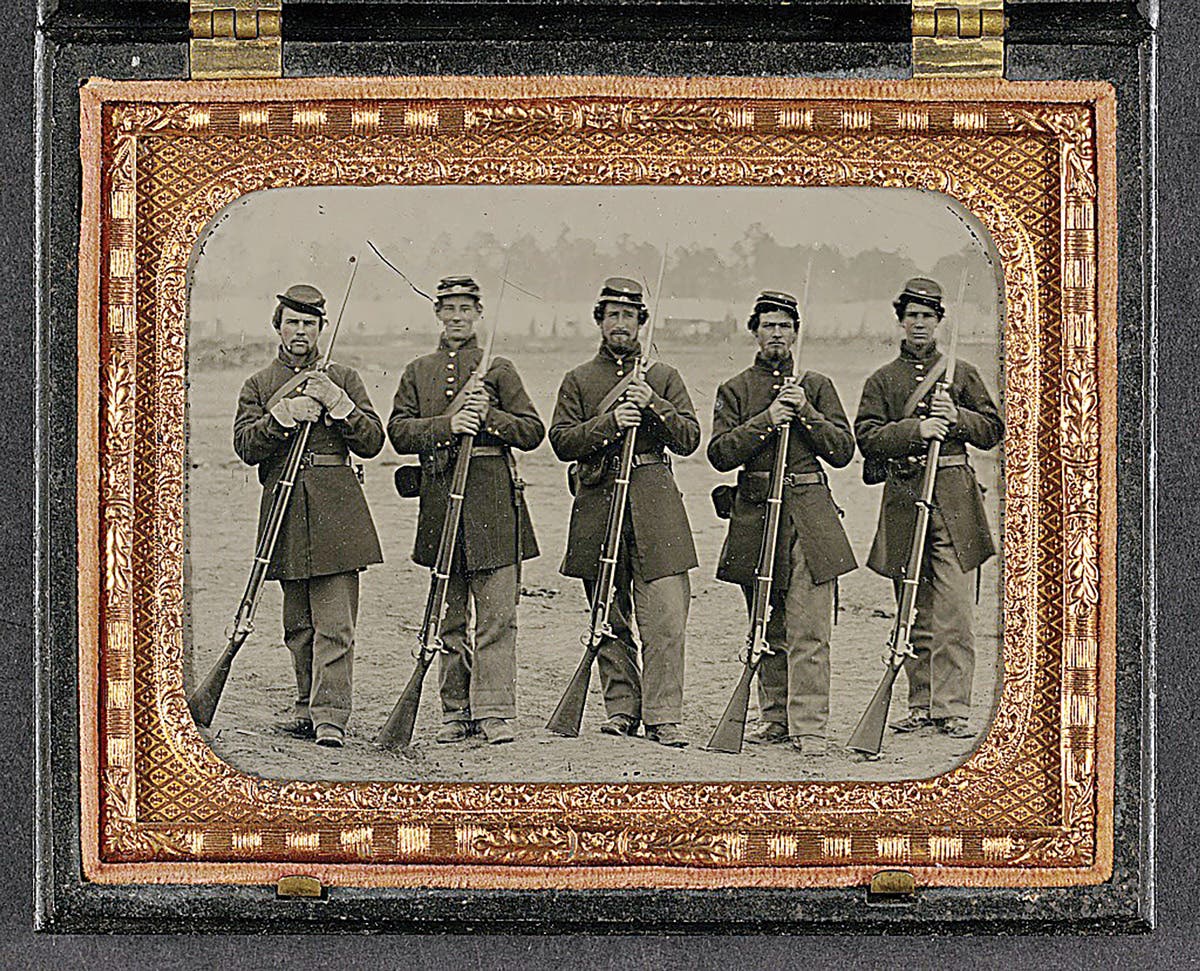1st Squadron, 9th Cavalry Pocket Patches
Taking note of the French success with helicopter deployment, far-sighted U.S. Army visionaries realized the potential of the craft for aerial reconnaissance. Collectors now seek patches that honor the successful 1st Squadron, 9th Cavalry.
By Clement V. Kelly
While fighting the Viet-Minh, the French used helicopters in Medevac roles and also landed small commando units behind enemy lines. After eviction from Indochina, the French began the first large-scale use of helicopters during their (failed) war of pacification in Algeria. Eventually equipped with more than 500 machines, French helicopter forces performed Medevac, transport, fire support, reconnaissance, and command and control of ground troops. It was in this latter role that French generals found helicopters to be the most effective.
Taking note of the French success with helicopter deployment, far-sighted U.S. Army visionaries realized the potential of the helicopter, (which, by now, had grown to a size that could be used to airlift heavy weapons, vehicles, and carry medium armament). The Army’s Howze Board decided to set up a unit to experiment with the military use of helicopters, so the 11th Airborne Division became the 11th Air Assault Division (Test). The experiment proved successful and the 11th was redesignated the 1st Cavalry Division (Airmobile) on 1 July 1965, when their flag was returned from Korea.
The patch for A Troop, with personal call sign
“7” for the troop’s first sergeant, is a blue disc,
around the upper edge of which is “THE
BOLDEST CAVALRYMEN THE WORLD
HAS EVER KNOWN” in golden yellow. At the
bottom, is an appliqué yellow scroll reading
“TROOP A 1st SQDN 9th CAV.” in blue letters.
In the center is a delta with crossed sabers
superimposed, with the number 9 at the top angle,
7 in the delta and 1 at the base, all in golden yellow.
The patch for B Troop Aeroscout platoon, a black
disc bordered yellow, reading at top edge “1st
SQUADRON 9th CAVALRY” above “BRAVO
TROOP,” all in white. In the center are crossed
sabers with 9 over 1 in the angles in yellow. At the
bottom is “SCOUTS” in white above “KILL” in red.
The patch for C Troop Aerorifle platoon is a blue
disc bordered orange inside and black outside. At
the top in yellow is “CHARLIE TROOP 1st
SQUADRON 9th CAV” above “RECON.” Below
“RECON” is an M-16 rifle in grey and black over
crossed sabers with 9 and 1 in the angles all in
yellow. The bottom edge reads “BLUE
ANNIHLATORS” in yellow.
FIRST OF THE NINTH
The air cavalry component of the 11th had been the 3rd Squadron, 17th Cavalry, activated at Fort Benning, Georgia, on 19 March 1964. The 3/17th was the first air cavalry unit to wear the black Stetson “cav hat.” The 3/17th was redesignated the 1st Squadron, 9th Cavalry (1/9) when the 11th Division became the 1st Cavalry Division (Airmobile). The 1st Cavalry Division (Airmobile) arrived in Vietnam on 11 September 1965, at An Khe, commanded by Major General Harry W.B. Kinnard, the first full division of the U.S. Army to be sent to Vietnam.
The 1st Squadron, 9th Cavalry was the aerial reconnaissance unit of the division. Major General John J. Tolson, the third commander of the division, later commented that 50% of the enemy contacts by his division were brought about by the 1/9. Known as “The Real Cav,” the 1/9 was the precursor of all the air cavalry units deployed to Vietnam. The tactics that they developed became textbook lessons for all the later arriving air cavalry units.
The 1/9 was composed of a Headquarters and Headquarters troop, and A, B, C and D troops. A, B, and C were the Air Cavalry troops and D troop was a ground-based infantry reconnaissance unit. An air cavalry troop was divided into troop headquarters (which commanded the troop), flight operations (directed the missions), an aeroscout platoon (white) for aerial reconnaissance, an aeroweapons platoon (red) which provided fire support from the air, an aerorifle platoon (blue) which was landed initially to contact the enemy, and a service platoon for maintenance.
Combat tactics devised by the 1/9 dictated that the two aeroscout helicopters flew together; one close to the ground to discover the enemy and the other to orbit above—about 50 to 100 feet—to direct the aeroweapons and aerorifle helicopters to the site once the enemy was found. The low flying helicopter would visually sight the enemy or draw fire, the aeroweapons gunships would attack the location and provide covering fire for the aerorifle troops who would land and assault the enemy.
From 1 September 1970 to June 1971 the 1/9 was part of the 9th Air Cavalry Brigade, and had added E and F Troops. On 28 June 1971, the 1/9 left Vietnam, leaving behind their B Troop, which formed F Troop, 9th Cavalry.
The 1/9 was awarded six Presidential Unit Citations and seven Valorous Unit Citations during its operations in Vietnam. Two 1/9 Cavalry members were awarded the Medal of Honor, regretfully, posthumously: 1st Lt. Robert M. Poxon, B Troop, at Tay Ninh on 2 June 1969, and Sgt. Donald S. Skidgel, D troop, at Bin Thuan on 14 September 1969.
Photos by Ron Leverenz, Doughboy Military Springfield, MO
CLICK HERE to share your opinions, experiences, or knowledge on the Military Community Forum
Clem graduated from Jesuit Catholic Preparatory School in New Orleans in 1948, joined the US Navy Reserves, served in the US Army Signal Corps during the Korean War and attended the US Merchant Marine Academy.
He served 30 years aboard numerous merchant ships which allowed him to pursue his childhood passion of collecting military insignia. During his seven years of sailing in and out of Vietnam, Clem acquired an unimaginable collection of Vietnam War insignia. Every country’s port was a gold mine of tailor shops and junk stores.
In 1989, Clem took over the Vietnam Insignia Collectors Newsletter from Cecil Smyth. He quickly became the de facto overseer of the hobby.
Clem contributed numerous articles on various military insignia to Military Trader and Military Advisor. Clem died at the age of 87 on 3 February 2018. His knowledge and expertise will be missed. He will long be remembered. — Bill Brooks








